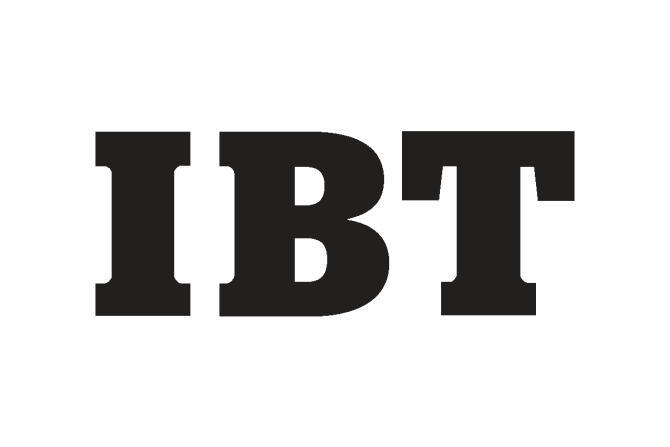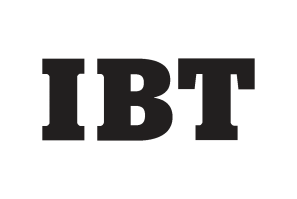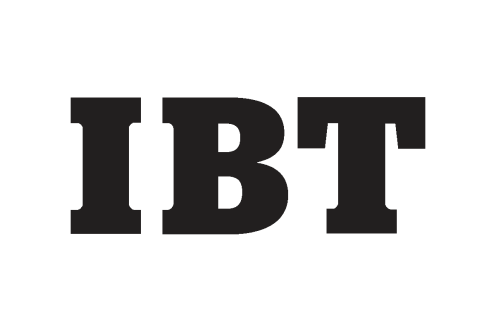The euro turned lower against the dollar on Tuesday after a weak German survey raised concerns about the outlook for the euro zone economy. Early demand for euros fizzled after data showed Germany's Ifo business sentiment index unexpectedly fell this month, while Italian confidence data and consumer spending numbers from France were also below forecast.
The Australian Dollar opens steady today a shade under the US90 cent level.
The Australian Dollar opens on Monday at 0.8995 after a surprise rate raise in the United States last Friday (local time) sent the greenback soaring against several major currencies.
Expect the Fed to keep the Federal Funds Rate at current levels near 0-.25% for the remainder of this year at least. I know this might come as shock to many, and it repeats last year's forecast verbatim. The fed has new tools at its disposal beyond the scope of this article, but suffice it say the current language extended period of time means we are not changing this language for at least 3-6 months; when the Fed changes the language that will mean only that the door is open to the language...
The Aussie dollar drifted lower in Asia yesterday pulling back from its opening levels near 90 cents before finding some support around 0.8950.
A 0.5% rise in the December leading index report produced by Westpac had little influence on the Aussie dollar during yesterday's local session as it remained range bound between 0.9000 and 0.9025 for the majority of the day.
The release of the RBA board minutes saw a fairly muted reaction initially on the AUD/USD as it drifted around the 0.8890 level before popping through the 89 cents in Asian afternoon trade.
In what was a very lacklustre Asian session yesterday the Aussie dollar traded sideways between 0.8860 and 0.8880 for the majority of the day as local investors searched for inspiration.
The Aussie dollar collapsed in early European exchange following the announcement from the PBOC to lift the reserve ratio required by banks by 0.5%, a move aimed at limiting asset bubbles which will also have the effect of slowing economic growth in China.
The euro fell to a nearly nine-month low against the U.S. dollar on Friday as questions persisted about a rescue deal for debt-stricken Greece, while higher-yielding currencies weakened after China unexpectedly raised bank reserves. The euro headed for its fifth weekly drop versus the safe-haven greenback as a lack of details in Thursday's pledge by the European Union to help Greece fanned fears of a wider euro zone debt crisis.
President Barack Obama will sign an executive order establishing a commission to tackle the federal government's long-term fiscal challenges in the next 10 days or so, the White House said on Thursday. Obama, who hopes to persuade Republicans as well as members of his own Democratic party to serve on the debt panel, had been expected to set it up this week. But this plan was disrupted by a severe winter storm that dumped heavy snow on Washington, White House spokesman Robert Gibbs said.
The euro fell against the dollar on Thursday as investors were disappointed with the lack of details regarding a European Union deal to support heavily-indebted Greece. The euro zone currency also dropped against the yen and sterling after European leaders sought to prop up Greece with words of support at a summit on Thursday, but failed to make concrete pledges, describing the promise of support as a political statement.
The Australian Dollar opens slightly lower today against its U.S. counterpart at 0.8755.
The Aussie dollar entered offshore exchange edging closer to the 87 cent handle with the market keeping a keen eye on developments in Europe.
After gapping higher on the open yesterday the Aussie dollar pared back gains above 87 cents to spend the majority of the Asian day exchanging between 0.8640 and 0.8680.
The Aussie dollar remained relatively range bound on Friday bouncing between 0.8650 and 0.8700 for the majority of the Asian session.
The Australian Dollar opens sharply lower today against the greenback at 0.8650 dragged down by a lower Euro and weaker global stocks and commodity prices overnight.
The Australian Dollar opens lower against the greenback today at 0.8815 after mixed local trade data released yesterday.
The two day dollar decline against the euro is stalling after the U.S. session. The range-bound trading, which has lasted nearly 7 hours, continues in the Asian session of February 3rd. It is currently trading at EUR/USD 1.3962.
The Australian Dollar opens lower today at 0.8840 after a busy 24 hours. In a decision that surprised financial markets, the Reserve Bank of Australia left interest rates on hold yesterday at 3.75 per cent causing the currency to dive one US cent in a matter of minutes.
Australia's central bank kept rates steady at 3.75 percent on Tuesday, confounding expectations of a hike and hammering the local currency as investors slashed estimates for how high rates might go this year. The Reserve Bank of Australia (RBA) surprised almost everyone by saying it wanted to judge the impact of its past three moves before lifting the cash rate further. It had already raised rates by 75 basis points since October, putting it far ahead of most developed nations in removing except...
This morning the AUD opens higher at 0.8906 against the greenback regaining more than 1% from an intraday low of 0.8787 on Monday.
The dollar held at its highest levels in six months on Monday, while the euro huddled near seven-month lows on fiscal concerns, and higher yielding currencies remained pressured by the closing of leveraged trades. The Australian dollar hovered at its weakest since mid-December as investors briefly unwound yen-funded carry trades on a report that a UK regulator would like to restrain carry trading generally.
The Australian Dollar (0.8790) begins the new week under pressure and is at a six-week low.
The chairman of Britain's regulator the Financial Services Authority branded so-called carry trades economically valueless, the Times reported on its website on Friday. Adair Turner said banks and hedge funds that borrowed cheaply in U.S. dollars to bet on higher yielding investments in emerging markets were adding no value to the real economy, the paper said.
The Australian Dollar opens at 0.8940 after a volatile 24-hour session which saw it trade between a low of 0.8910 during early Sydney trade yesterday and a high of 0.9044 in early Europe.
The U.S. dollar rose to a six-month high against the euro on Thursday, on signs the Federal Reserve is more confident about a recovery, while Asian equities were on track to snap a nine-day losing streak. U.S. stock futures rose during Asian session after U.S. President Barack Obama in an address to Congress had a more moderate tone on restrictions toward U.S. banks.
The Australian Dollar opens near a three-and-a-half week low today at 0.8925.
Although stocks posted amazing gains in 2009, it has left most with an empty feeling as the decade overall was flat in US equities. The politics though fiery and hopeful at one euphoric moment in 2008 were also empty.
It appears that in hindsight the last decade was a wash for America. Americans marched through most of the last ten years mad at a President who recovered an economy that had been dealt its largest blow ever and kept us from being attacked for a second time during his watch from a...
The Australian Dollar opens lower on Wednesday at 0.8990.

















